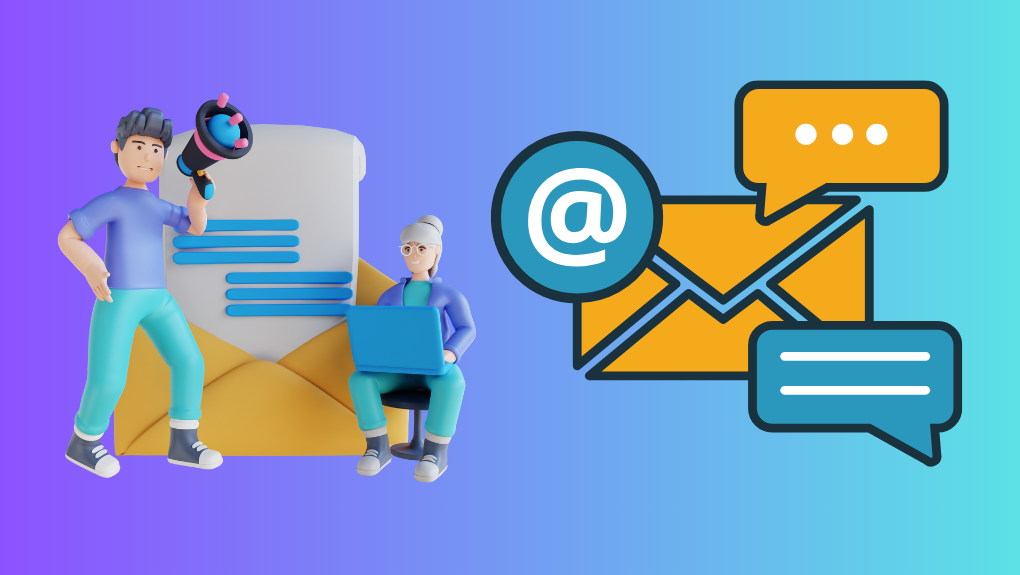Content Marketing: The Ultimate Guide for Lead Generation
Content marketing has become an indispensable tool for businesses aiming to generate leads and foster customer engagement. With the vast array of online platforms and the ever-increasing competition, crafting an effective content marketing strategy is essential for success. Roughly 80% of B2B enterprises utilize content marketing to generate leads.
We will delve into the intricacies of content marketing for lead generation, offering actionable tips and insights to help you achieve your business objectives.
The Role of Content in Lead Generation
Before diving into strategies, it's crucial to understand the role of content in lead generation. Content serves as the bridge between businesses and their target audience, providing valuable information, insights, and solutions to their pain points.
By creating compelling and relevant content, businesses can capture the interest of potential leads and guide them through the buyer's journey, from awareness to consideration and ultimately conversion. Understanding the importance of creating relevant content is crucial, especially if you have just started your own online business and learn to create an online store for it.
1. How to know your Audience

The foundation of any successful content marketing strategy lies in understanding your target audience. Conduct thorough research to identify their demographics, preferences, pain points, and interests. Utilize tools like Google Analytics, social media insights, and customer surveys to gather valuable data.
2. Defining Goals and Objectives
Clearly outline your goals for lead generation through content marketing. Whether it's increasing website traffic, capturing email subscribers, or driving sales, having specific, measurable objectives will guide your efforts and help track progress.
3. Creating High-Quality Content
Content is king in the realm of digital marketing. Produce informative, relevant, and engaging content that resonates with your audience.But the crown isn't just for content you create yourself. Content generated by user, the voices and ideas of your audience, adds another powerful dimension to the mix. This could include blog posts, videos, infographics, case studies, whitepapers, or eBooks. Ensure that your content provides value, solves problems, and positions your brand as an industry authority. Say you’re in the web hosting service industry—relevant content of interest to your target audience could be about dedicated servers, data privacy, or disaster recovery.
To simplify and accelerate content production across formats, many teams now turn to an AI marketing platform that can automate creation, repurposing, and scheduling while preserving brand consistency.
4. Optimizing for SEO
Incorporate search engine optimization (SEO) best practices to improve the visibility of your content. Conduct keyword research to identify relevant terms and phrases that your audience is searching for. Optimize titles, meta descriptions, headings, and content for target keywords to rank higher in search engine results pages (SERPs).
5. Build Backlinks and Collaborate with Others
Strengthen your content's reach by building backlinks and engaging in collaborations. Seek partnerships with relevant websites and influencers to generate inbound links, enhancing your SEO and credibility. Utilize a LinkedIn scraper tool to efficiently gather contact data from LinkedIn for outreach, ensuring you connect with potential partners who can contribute to your strategy. This approach not only diversifies your audience but also bolsters your domain authority with high-quality backlinks
6. What are Social Media Channels

Leverage various online channels to promote your content and reach a wider audience. This includes social media platforms like Facebook, Twitter, LinkedIn, Instagram, and Pinterest, as well as email marketing, guest blogging, influencer collaborations, WhatsApp marketing and online communities. First, you might want to start off with an Instagram audit and tailor your content distribution strategy to fit the preferences of your target audience and maximize reach.
7. Utilizing Lead Magnets
Offer valuable incentives, known as lead magnets, to entice visitors to provide their contact information. This could be in the form of free e-books, guides, templates, webinars, or exclusive discounts. Create compelling calls-to-action (CTAs) that prompt users to take the desired action and opt-in to your email list or subscribe to updates. For example, if your product is salon software, lead magnets for your target audience could include a webinar on optimizing appointment scheduling, an e-book on inventory management, or a free trial offer.
8. Implementing Lead Capture Forms
Place strategically positioned lead capture forms on your website and landing pages to collect visitor information. Keep forms concise and only request essential details to minimize friction and increase conversions. Importantly, hire developers to conduct A/B tests on different form designs, placements, and messaging to optimize performance.
9. Nurturing Leads with Email Marketing

Once you've captured leads, nurture them through targeted email marketing campaigns. Segment your email list based on user behavior, interests, and demographics to deliver personalized content and offers. Provide valuable insights, educational resources, and exclusive promotions to move leads further down the sales funnel.
10. Analyzing and Iterating
Continuously monitor the performance of your content marketing efforts using analytics tools. Track key metrics such as website traffic, conversion rates, email open rates, and engagement metrics to assess effectiveness. Identify patterns, trends, and areas for improvement, and iterate your strategy accordingly to achieve better results over time.
11. Staying Adaptive and Creative
The digital landscape is constantly evolving, so it's crucial to remain adaptive and creative in your content marketing approach. Keep abreast of industry trends, emerging technologies, and changes in consumer behavior to stay ahead of the curve. Experiment with new formats, platforms, and tactics to keep your content fresh and engaging.
Conclusion
When executed strategically and purposefully. By understanding your audience, setting clear objectives, creating high-quality content, and leveraging various promotion channels, you can attract, engage, and convert prospects into loyal customers. Remember to continually analyze performance, iterate your strategy, and stay innovative to stay ahead in the competitive digital landscape.







